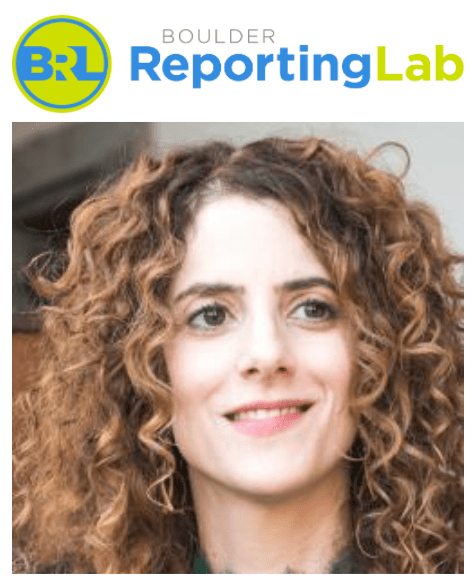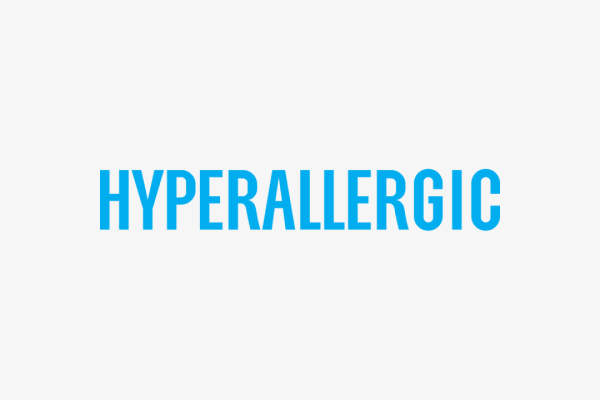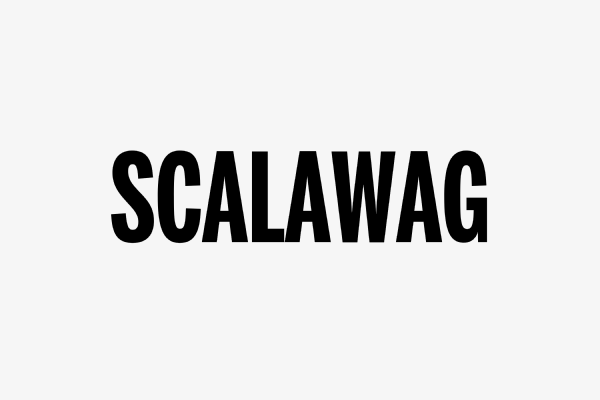

The Newspack Case Study is an ongoing series highlighting the best practices of publishers who use Newspack’s Platform for News—a suite of tools designed to drive editorial excellence and business success.
The Case:
Boulder Reporting Lab launched in November 2021 to fill an information gap: local, public-interest daily journalism in Boulder, Colorado. Since then, the team has focused its efforts on reaching a North Star goal of 10,000 newsletter subscribers in one year, or roughly 1 in 10 Boulder residents. Three months in, they’re more than halfway to that goal.
The Stats:
Newsletter subscriber goal: 10,000 readers in one year
Current number of subscribers: More than 5,200
Number of full-time employees: 3 (with more to come!)
The Backstory:
Some people might describe Stacy Feldman’s decision to launch Boulder Reporting Lab as audacious. Feldman moved to Colorado with her family in April 2020 from the East Coast, at the start of the COVID-19 pandemic.
Not long after, Feldman, who previously co-founded Inside Climate News, was chosen as one of five journalists for the University of Colorado Boulder’s Ted Scripps Fellowship in Environmental Journalism. After incubating the concept during her fellowship year and through the LION and Google News Initiative boot camp for news startups, Feldman launched Boulder Reporting Lab in late November 2021, on Newspack.
Feldman was inspired to create a local news outlet to fill her own information needs. After arriving in Boulder and finding it difficult to stay regularly informed on local COVID issues, she began asking residents where they got their news.
“I kept hearing the same things over and over, which was, ‘I subscribe to the [Boulder] Daily Camera, but it’s not what it used to be,” Feldman recalled. Multiple people told her that they wished there was a local news alternative.
“I learned that many other people have the same needs as I did.”
At some point, a light bulb went off, Feldman said. “I was like, oh! Maybe I’ll just do this crazy thing and build that alternative.”
So she became a founder and publisher.
Being new to Boulder, Feldman said, lets her see and understand multiple sides of contentious local issues “in a way that, maybe if I’d lived here for 10 years, would be difficult to do so.” On the other hand, Feldman admitted that she faces “a learning curve” in areas like local politics and other community issues.
“There is definitely skepticism of a newcomer,” Feldman said. “But people have been pretty open. Overall, I think being relatively new here helps more than it hurts.”
The Takeaways:
Three months in, Boulder Reporting Lab is seeing impressive early growth. Feldman offered three tips that have contributed to success so far.
1. Survey the community directly
In the year and a half leading to launch, Feldman had “many, many dozens of conversations with all sorts of people in the community.” She spoke to politicians and business owners, as well as plenty of “everyday consumers” in Boulder. Her goal in each of these conversations was to discover residents’ pain points and needs around local news and information.
One of the most common complaints Feldman heard was that there’s not enough local in-depth reporting in Boulder. In particular, people told her that housing, climate change, and environmental issues were top concerns.
That feedback had a major impact. At launch, the BRL team decided that housing and climate change would be their main areas for in-depth reporting. Right now, there’s one full-time reporter on staff, focused on housing, and the newsroom is currently hiring for a climate and environment reporter.
The other thing that Feldman heard “over and over again” was how overwhelmed people felt by the amount of information out there. “I heard a few people actually say, ‘I wish there was a curator,’” she said.
Again, this feedback informed BRL’s approach.
“On the one hand, we’re going to do in-depth reporting on the issues that people care about,” Feldman said. “On the other hand, we’re going to play the role of information curator, because people are overwhelmed. They don’t have time to sift through it all.”
2. Develop a clear newsletter strategy
With the community’s information needs in mind, Feldman came up with a novel editorial approach: to be simultaneously in-depth and curatorial, and to “cut out everything in the middle.”
To achieve this balance, Boulder Reporting Lab has placed much of its early attention on their daily newsletter, BRL Today. Feldman estimates that 80% of the content in their newsletter is curation of local news, information and events, “which takes about 20% of our editorial resources to produce.” The remaining 20% of content is dedicated to BRL’s in-depth reporting, “which is where we spend 80% of our editorial resources and where the biggest potential for true community impact lies.”
Feldman hopes to get 10,000 people — or, roughly, 1 in 10 Boulder residents — to sign up for BRL Today by the end of the first year. By late February, three months in, they’re more than halfway to that goal. Feldman credits this to well-placed newsletter calls-to-action on their site, using Newspack’s Campaigns plugin; an acquisition campaign, with the support of Village Media’s Publisher Services program; and daily coverage of the Dec. 30 Marshall Fire, which increased newsletter signups by 60%.
“Publishers have to figure out how to go where readers are,” Feldman said. “I don’t think you can build a news business today without a newsletter strategy.”
3. Work smarter, not harder
With only three full-time staff members, Feldman and her team have to be judicious about what stories they cover. Each morning, the staff convenes for a 9 a.m. meeting, where they discuss potential story ideas.
Figuring out whether or not to cover certain stories is an ongoing challenge, Feldman admitted. “We’re still learning how to let things go, but it’s tough, because the journalistic impulse is pretty strong.”
One thing that helps the staff decide what to cover is their North Star goal of reaching 10,000 newsletter subscribers by November.
“This is our guidepost,” Feldman said. “Our editorial decisions should be informed by that larger goal and can help orient us toward building a body of work around undercovered local issues or issues that aren’t covered in great depth.”
Achieving that goal, she believes, will help BRL unlock more revenue and allow the organization to do more impactful reporting.
Feldman has also taken a streamlined approach to working with advertisers. Instead of selling single ads, she offers a Community Leader program, where local businesses can sponsor a specific topic of coverage for a year. The team then produces one story a month that fits into that topic.
Local sponsors don’t have any editorial oversight over the stories, Feldman explained. Sponsors are given their own page on Boulder Reporting Lab’s site and ads run throughout related stories. Through Newspack, the newsroom has the ability to create both banner ads and in-article ads, and to rotate those ads automatically. “So if there are three sponsors [for a given topic], each sponsor gets 1/3 of the ad time,” Feldman said.
“It’s a beneficial experience,” she added. “Our businesses really believe in local news and they want to be part of building something new.”
The Community Leader program solves the problem of limited employee resources. “We’re three people,” Feldman said. “I straddle the editorial and the business side, and I can’t manage a traditional advertising program.”
By signing sponsors for a year at a time — at a set fee per month — there’s also the added benefit of a predictable revenue stream.
“My goal is to get 10 community sponsors” this year, Feldman shared. “If I’m able to do that, then we’ll have a pretty robust revenue stream.”





